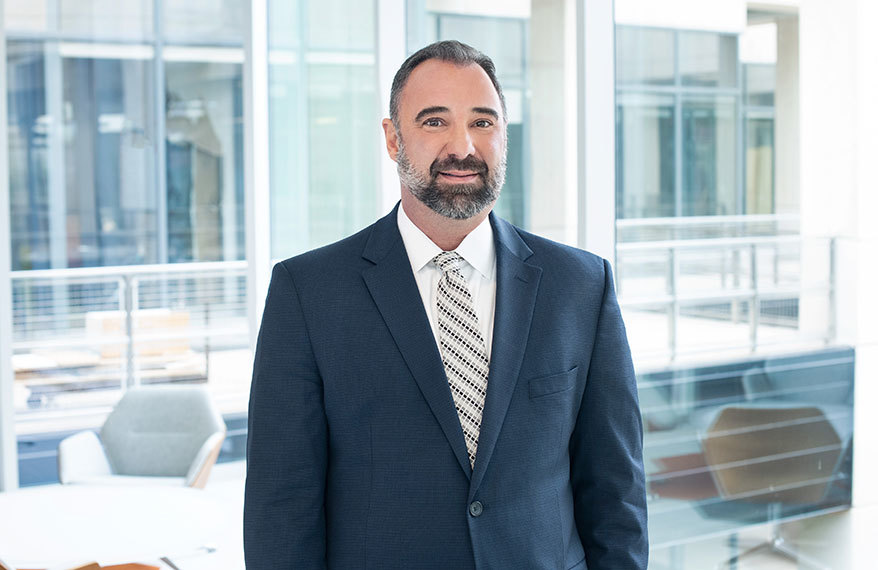The EB-5 program provides a unique opportunity for foreign citizens to “earn” the right to permanent residency in the U.S. by investing in U.S. projects that improve the economy and create jobs for American workers. However, the unique nature of the opportunity also poses distinctive risks. In addition, the global pandemic has created a strain on many of these types of projects. Here are five things to keep in mind when an EB5 project struggles.
1. Seek Out New Information and the Proper Legal Expertise
EB-5 lies at the intersection of several different areas of legal expertise. A typical EB-5 investment will require knowledge of constantly changing state and federal securities laws and expertise in commercial litigation, real estate, corporate finance and immigration law, with special attention to the international aspects of those areas and the jurisdictional reach of the enforcement agencies. Moreover, EB-5 is an area of law that is rapidly evolving. EB-5 participants must constantly reevaluate what has changed and how they approach different issues.
2. Examine the Safety of the Investment

As with any financial commitment, investors and their representatives must carefully examine the financial risks of the investment. This evaluation would include an examination of the corporate form of the borrower, the developer and obligor’s liquidity, their pipeline of revenues, the general market and pandemic risks, the risks attendant to a particular asset class, the structural risks related to the rights provided to individual participants (e.g., a secured lender vs. a mezzanine or subordinated lender), the idiosyncratic risks associated with a particular property, and the overall credibility of the business plan. Special attention should also be paid to whether the developer has met milestone obligations and received the necessary permits or approvals that are conditions precedent to funding and the nature of the equity the developer holds in the project. This will help ensure the developer is interested in making sure the project is carried through to completion. An EB-5 participant would be well advised to pay special attention to the developer and obligor’s history of successfully completing projects, repaying its obligations and meeting the unique requirements of an EB-5 investment.
3. Analyze SEC Compliance Issues
The popularity of EB-5 applicants has vastly exceeded the expectations of many observers. However, that popularity led to increased wait times for the government to review application materials and triggered increased scrutiny of EB-5 investments by the SEC. While the increased scrutiny has led to increased SEC guidance on acceptable practices, it has also increased the risks of running afoul of the SEC’s rules and regulations.
EB-5 investments are often exempt from SEC regulation. However, that is based on the assumption that the investors are foreign citizens and that their investment activities took place entirely outside the U.S. A common occurrence is that a family located in a foreign country will apply for an EB-5 investment for a student studying at a college or university located in the U.S. Another common occurrence is that foreign investors will visit the location of the projects in which their money will be invested in the U.S. Special care must be taken in each of those situations to ensure that all investment decisions and activities take place outside the U.S. The contracts should be executed outside the U.S. The contracts should also include attestations that all investment activities took place outside the U.S., and any visits to the U.S. related to those investments should occur after the investment was made. Otherwise, the investment may not be exempt from SEC regulation.
4. Beware of the Risks of Redeployment
One of the ways EB-5 investments are unique is that they require an investor to place their capital at risk until the end of conditional permanent residency. As the EB-5 program grew in popularity, the time for USCIS to review applications developed, and the duration of the investments likewise grew longer.
The timeline for projects in which EB-5 investments are placed is unlikely to match the timeline for any individual investor’s immigration application. If an individual investor’s funds are placed in the construction of a stadium – like the stadiums in which the Seattle Seahawks and Mariners play, which were built in part using EB-5 investments – and the stadium is completed and the loan repaid, but the individual investor hasn’t removed the conditions on their residency yet, then the investment must be placed at risk in another investment. Thus, the parties should establish a well defined process for the redeployment of individual investments.
5. Pay Attention to Congress and Reauthorization Limbo
The EB-5 immigrant investor regional center program expired June 30. Congress has not yet passed legislation reauthorizing that program. Any reauthorization will likely come with significant changes to many parts of the program. And reauthorization will hopefully resolve some of the issues caused by the program’s lapse. As is often the case in EB-5, the landscape is likely to change significantly in the future.
Paul Lackey is the lead partner for Stinson’s multi-state EB5 litigation group. For any questions, he may be reached at paul.lackey@stinson.com.
